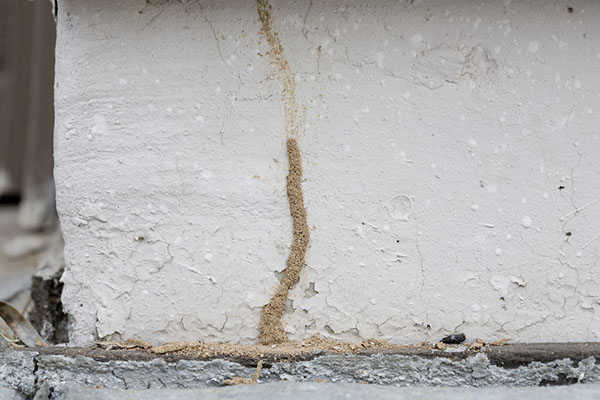Termite mud tubes are small tunnels that are located around termite nests. Learn how to spot a mud tube and what to do if you’ve found one near your home.

Think termite mud tubes are weird? There are more than 232 miles of train tunnels used by New Yorkers daily to travel underground. In the chilly Canadian town of Moose Jaw, people travel to work in tunnels to avoid the cold. And just like humans, termites build tunnel-like structures, too.
Termite mud tubes are pencil-sized tunnels located around termite nests, wood structures, and concrete or stone foundations. When searching a home for these tubes, there are three types to look for:
- Working tube - path between termite nest in soil and wood
- Exploratory tube - path extending only from soil
- Drop tube - path from wood back to soil
A mud tube is made of small pieces of soil and wood and most commonly used by subterranean termites. It helps protect termites from predators and dry environments while traveling between a food source and the nest.
It is possible to find a termite mud tube that is no longer active. To test for activity, break a center section of the tube off, leaving the front and back sections intact. If the mid-section of the tube is repaired within a few days, the termites are definitely still active as nothing else could restructure the tube except termites.
Mud tubes are only one type of structural evidence left behind by termites. In tropical and subtropical habitats outside of the United States, termites build mounds that can measure up to 30 feet tall. Imagine the miles of termite mud tubes that could exist at your home without inspection, identification and a professional termite treatment. Call Terminix today and stop termites from destroying your home.



